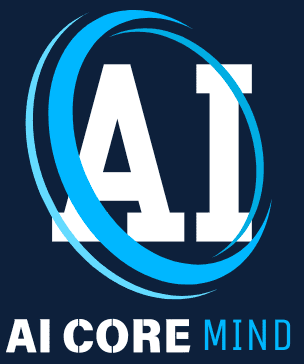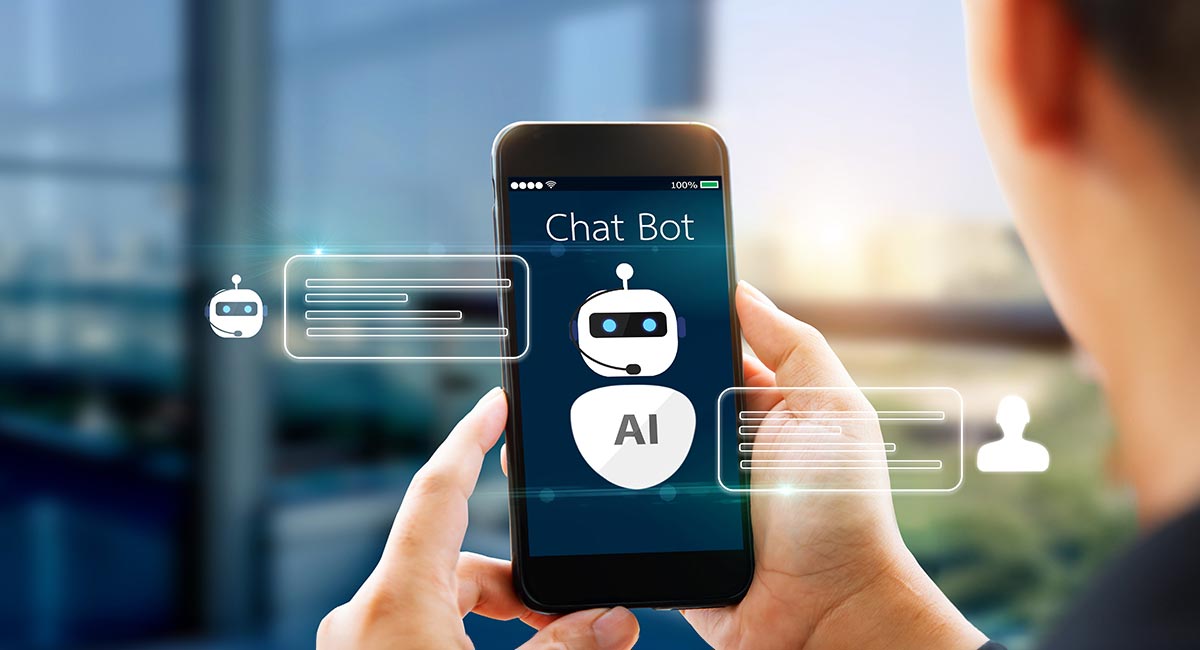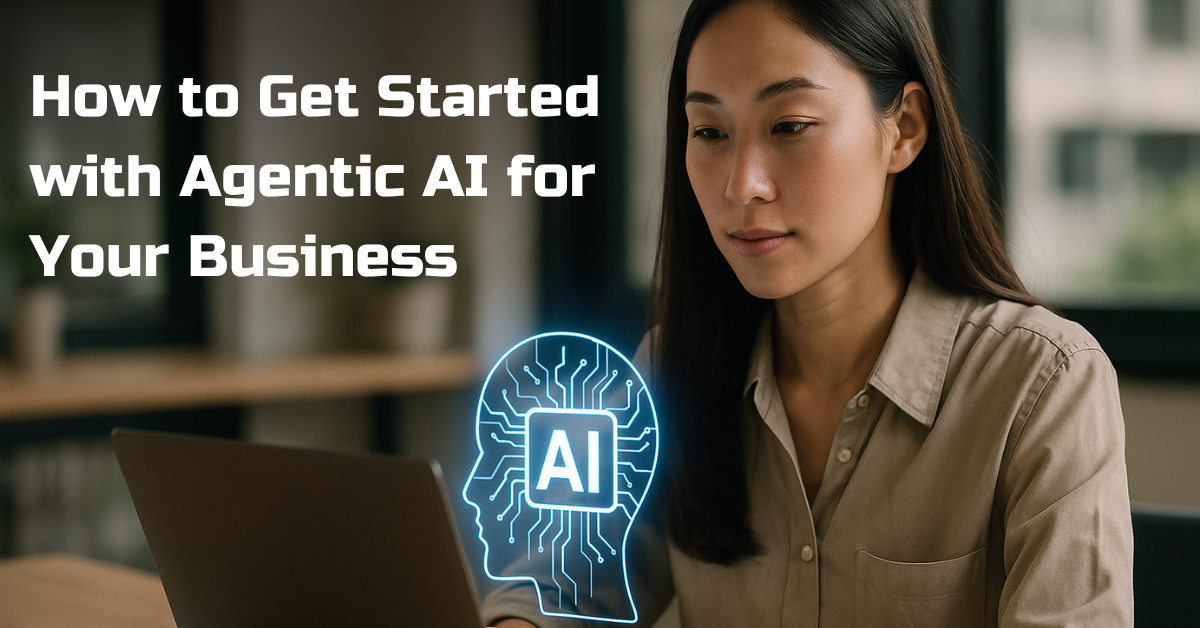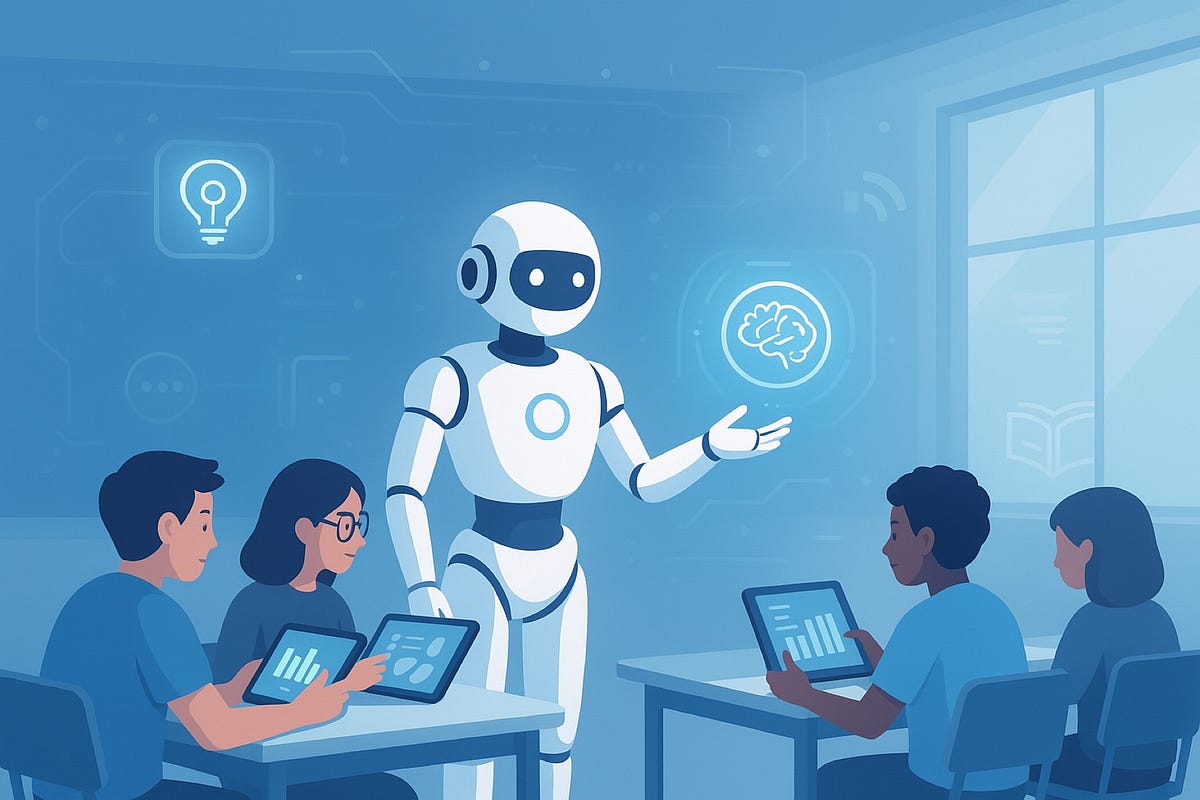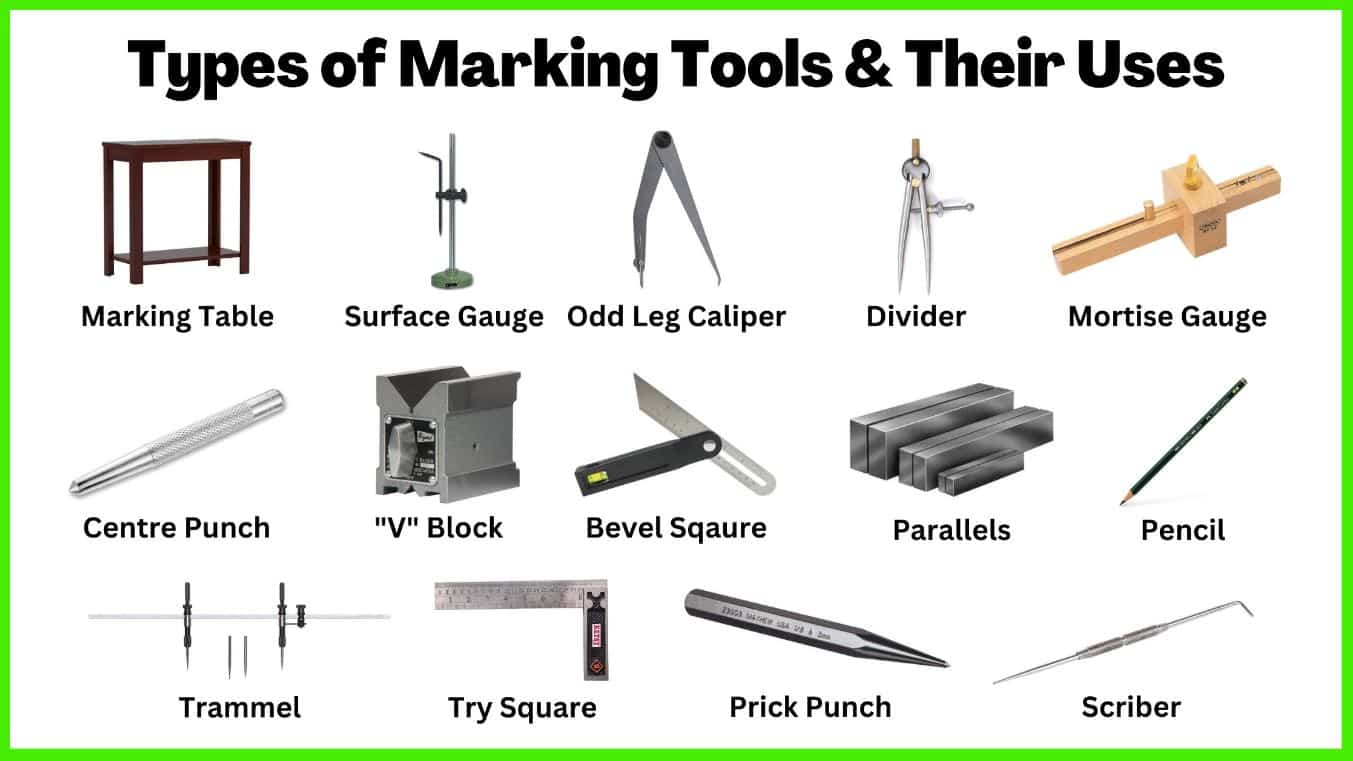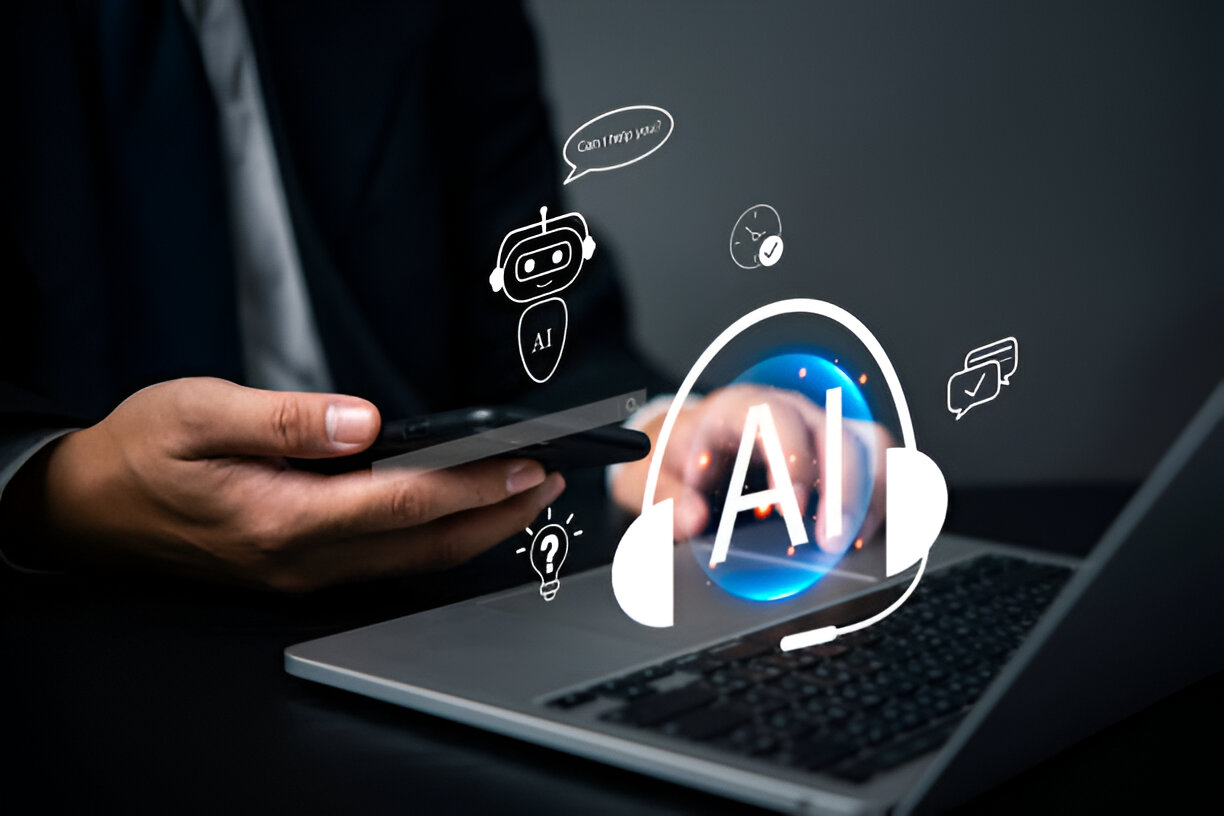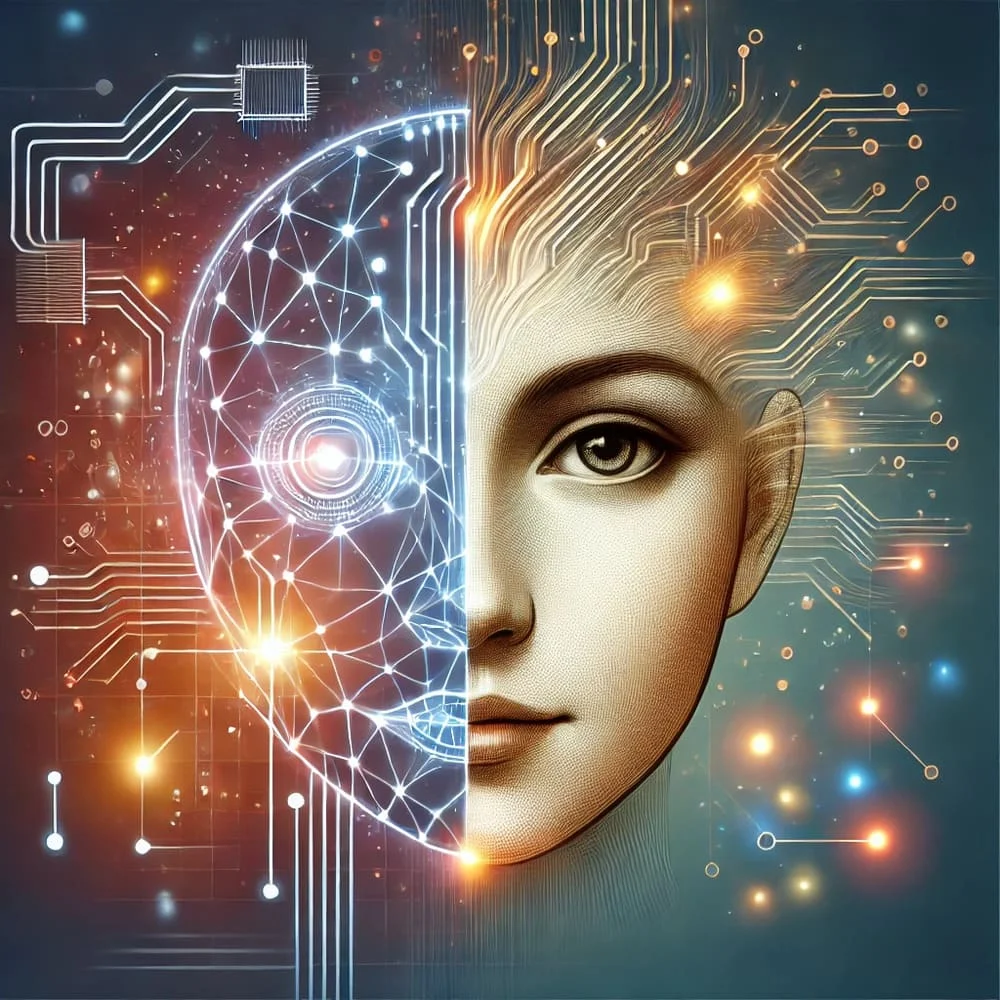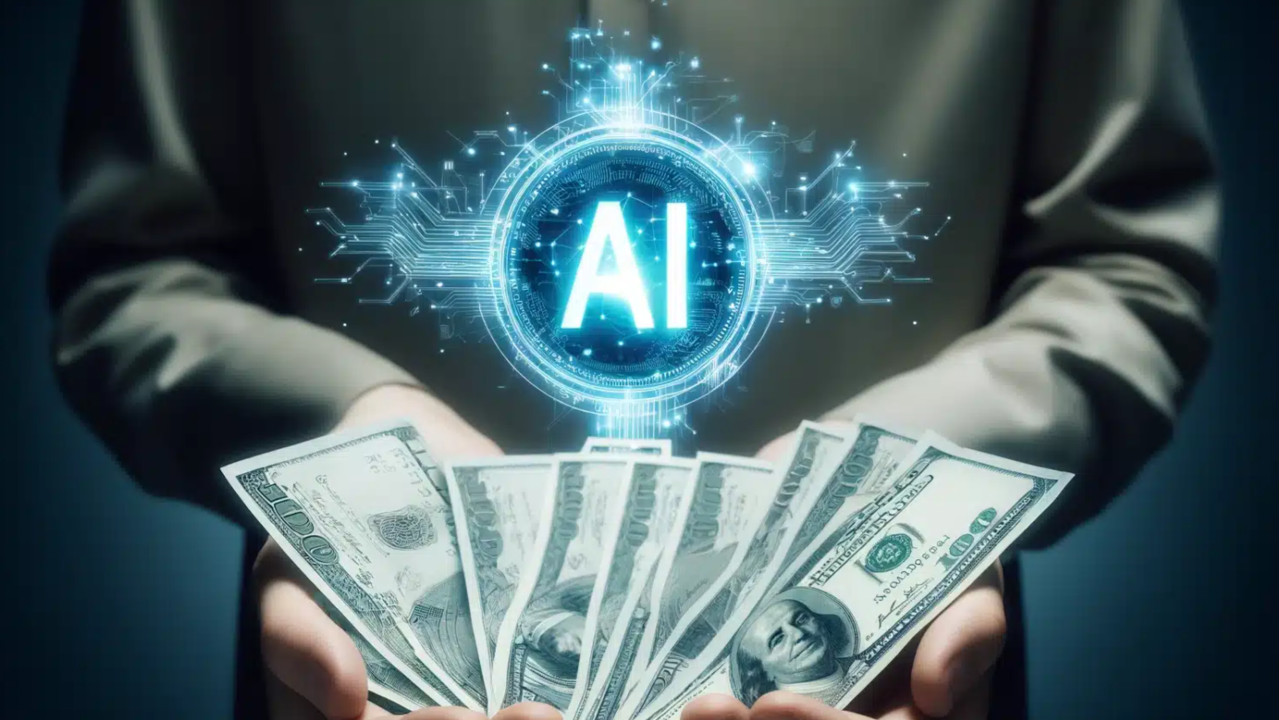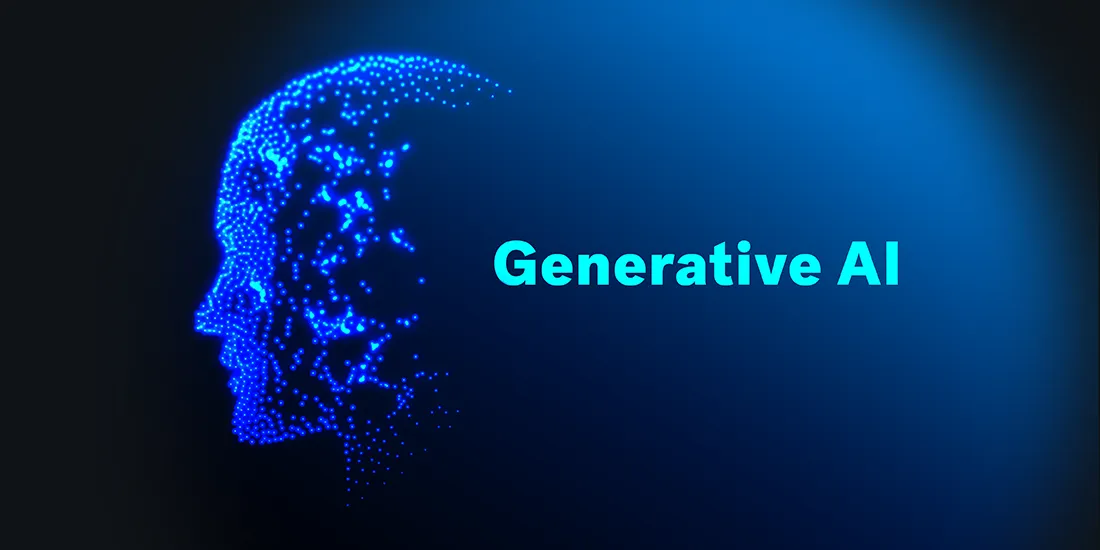In 2025, AI chatbots have become more than just support tools — they are virtual assistants, sales agents, and even personal companions. With so many options available, choosing the right chatbot tool can be overwhelming. This guide breaks down the best AI chatbot tools and explains how they work.
Top AI Chatbot Tools in 2025
Here’s a list of popular AI chatbot tools you can explore:
- ChatGPT (by OpenAI)
- Google Gemini (formerly Bard)
- Microsoft Copilot
- Anthropic Claude
- Jasper Chat
- Writesonic (Chatsonic)
- Drift
- Intercom Fin
- ManyChat
- Tidio
- HubSpot Chatbot
- Zendesk Answer Bot
- Freshchat
- LivePerson
- Landbot
- Replika
- Poe (by Quora)
- Zoho SalesIQ Zobot
- Botpress
- SnatchBot
| AI Chatbot Tool | Best For | Key Feature | Pricing |
|---|---|---|---|
| ChatGPT (OpenAI) | General use, writing, coding | Human-like responses, plugins, API | Free + Paid plans |
| Google Gemini | Research & productivity | Deep Google integration, multi-modal | Free + Paid plans |
| Microsoft Copilot | Work & Office tasks | Built into Word, Excel, Teams | Paid (Microsoft 365) |
| Anthropic Claude | Safe AI conversations | Ethical AI, long context handling | Free + Paid plans |
| Jasper Chat | Marketing & content creation | AI copywriting + chatbot combo | Paid |
| Writesonic (Chatsonic) | Content + chatbot | SEO writing + real-time answers | Free + Paid plans |
| Drift | Sales & marketing | Lead qualification & conversion | Paid |
| Intercom Fin | Customer support | CRM + Helpdesk integration | Paid |
| ManyChat | Social media automation | Messenger, WhatsApp, Instagram bots | Free + Paid plans |
| Tidio | Small businesses | Live chat + chatbot hybrid | Free + Paid plans |
| HubSpot Chatbot | CRM + marketing automation | Direct HubSpot integration | Free + Paid plans |
| Zendesk Answer Bot | Customer service | Built into Zendesk platform | Paid |
| Freshchat | Omnichannel support | Multichannel chat automation | Free + Paid plans |
| LivePerson | Enterprise businesses | AI + human support hybrid | Paid |
| Landbot | No-code chatbot building | Drag-and-drop bot builder | Free + Paid plans |
| Replika | Personal companion AI | Emotional AI + personality learning | Free + Paid plans |
| Poe (Quora) | Multi-bot access | Access to GPT, Claude & others in one | Free + Paid plans |
| Zoho SalesIQ Zobot | Zoho ecosystem users | Custom bots with Zoho CRM | Paid |
| Botpress | Developers | Open-source chatbot framework | Free + Paid options |
| SnatchBot | Multi-channel bots | Deploy on website, FB, WhatsApp, etc. | Free + Paid plans |
How Do AI Chatbot Tools Work? (Explained Step by Step)
1. User Input
- A person types or speaks a message to the chatbot.
- Example: “What’s the weather today in Karachi?”
2. Natural Language Processing (NLP)
The chatbot’s AI engine breaks down the user’s text.
- It figures out:
- Intent → What the user wants (e.g., check weather).
- Entities → Important details (e.g., “Karachi”, “today”).
- Intent → What the user wants (e.g., check weather).
3. AI / Machine Learning Model
The chatbot uses a large language model (LLM) (like GPT, Claude, Gemini) or a trained custom ML model.
- It matches the intent with:
- A pre-defined response (in rule-based bots).
- Or generates a fresh, human-like reply (in AI bots).
- A pre-defined response (in rule-based bots).
4. Integration with Databases / APIs
If the bot needs real-time info, it connects to external systems:
-
- Weather API → to fetch live forecast.
- CRM → to pull customer details.
- E-commerce site → to show order status.
- Weather API → to fetch live forecast.
5. Response Generation
- The bot creates a natural-sounding reply in human language.
- Example: “The weather in Karachi today is sunny, 34°C.”
6. Continuous Learning
- Advanced bots use machine learning + feedback loops.
- The more people chat, the smarter the bot gets at understanding different ways users ask questions.
Step-by-Step Working of AI Chatbot Tools
1. Input Capture
- User sends a message (text or voice).
- Example: “Track my order #12345.”
- Voice bots convert speech → text using speech recognition (ASR).
2. Natural Language Processing (NLP)
The chatbot’s NLP engine processes the text in three stages:
- Intent Recognition → Finds out what the user wants (e.g., “Track order”).
- Entity Extraction → Identifies key details (e.g., “Order #12345”).
- Context Handling → Understands past conversations to keep chat natural.
3. AI Model / Decision Making
Two main approaches:
-
- Rule-based bots → Match keywords and trigger pre-defined responses.
- AI-powered bots (LLMs) → Use deep learning to generate human-like answers.
- Best bots combine LLM + rules for accuracy + flexibility.
- Rule-based bots → Match keywords and trigger pre-defined responses.
4. Backend Integrations
To provide real results, bots connect to business systems via APIs:
-
- CRM (HubSpot, Salesforce) → for customer details.
- E-commerce system → for product & order data.
- Knowledge base / FAQs → for quick answers.
- Payment gateways → for transactions.
- CRM (HubSpot, Salesforce) → for customer details.
5. Response Generation
- The AI creates a friendly, natural-sounding response.
- Example: “Your order #12345 is out for delivery and will arrive by 6 PM today.”
6. Personalization
Best chatbots learn user preferences over time.
- Example:
- Knows customer’s location → auto suggests nearby stores.
- Remembers last interaction → avoids repeating questions.
- Knows customer’s location → auto suggests nearby stores.
7. Continuous Learning & Training
Chatbot uses machine learning feedback loops:
-
- Tracks conversations.
- Learns from errors & corrections.
- Gets smarter with more interactions.
- Tracks conversations.
What Makes the Best Working AI Chatbot
✅ Strong NLP engine (understands multiple languages & slang).
✅ LLM-powered for natural, human-like responses.
✅ Seamless API integrations (to fetch real data).
✅ Context awareness (remembers conversation history).
✅ Personalization (adapts to the user).
✅ Multi-channel support (website, WhatsApp, Facebook, apps).
✅ Self-learning (improves over time).
AI chatbot tools are evolving fast — from handling customer support to driving sales and automating workflows. The best tool for you depends on your goals. Start by testing free versions, then upgrade as your needs grow.
FAQs About AI Chatbot Tools in 2025
1. What are AI chatbot tools?
AI chatbot tools are software powered by artificial intelligence that can simulate human-like conversations. They help in customer support, marketing, sales, and personal assistance by understanding user queries and giving smart responses.
2. Which is the best AI chatbot tool in 2025?
The best AI chatbot tool depends on your needs:
-
ChatGPT → General use & content creation
-
Intercom Fin → Customer support & CRM integration
-
ManyChat → Social media & marketing automation
-
Replika → Personal AI companion
3. Are AI chatbot tools free to use?
Yes, many AI chatbot tools offer free versions with limited features (e.g., ChatGPT, Tidio, ManyChat). For advanced features like integrations, analytics, or unlimited usage, paid plans are available.
4. How do AI chatbot tools work?
They work using Natural Language Processing (NLP) and Machine Learning. First, the bot understands your question, then processes it, fetches data if needed (via APIs/CRM), and replies in a natural, human-like way.
5. Can AI chatbots replace humans?
No, AI chatbots are designed to assist, not fully replace humans. They handle repetitive queries, automate workflows, and save time — but for complex or emotional conversations, human support is still important.
6. Which AI chatbot is best for businesses?
For businesses, the top choices are:
-
Intercom Fin (customer service + CRM)
-
Drift (sales + lead generation)
-
HubSpot Chatbot (marketing + automation)
7. Can I build my own AI chatbot?
Yes! Tools like Botpress, Landbot, and SnatchBot allow you to create custom chatbots without heavy coding. Developers can also integrate OpenAI’s ChatGPT API to build advanced solutions.
How to Earn Money from AI in 2025: Best AI Money-Making Ideas
